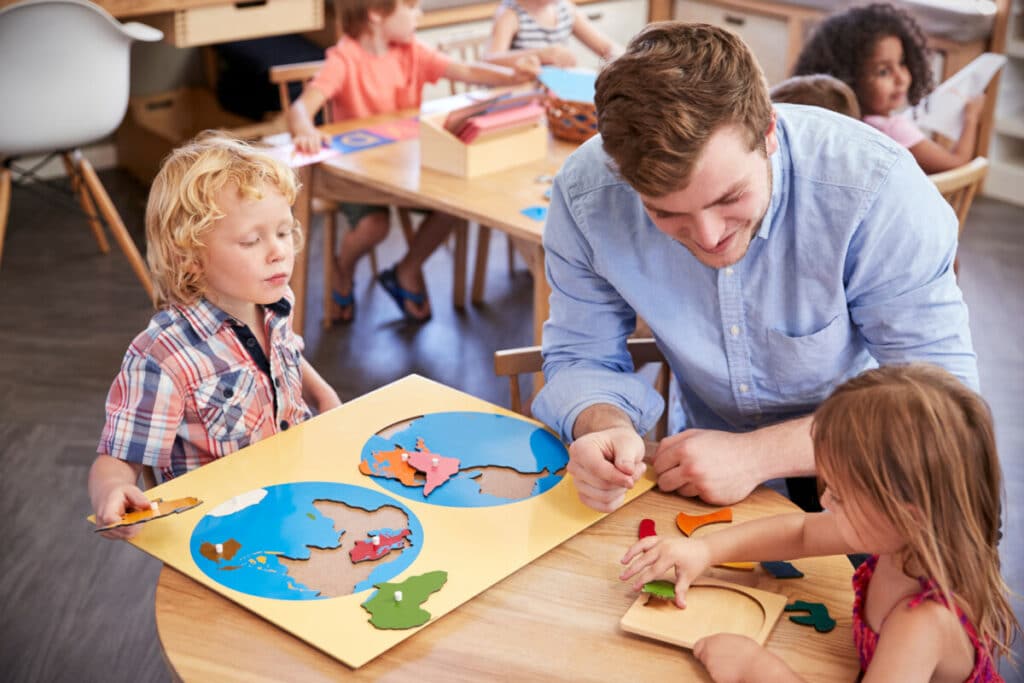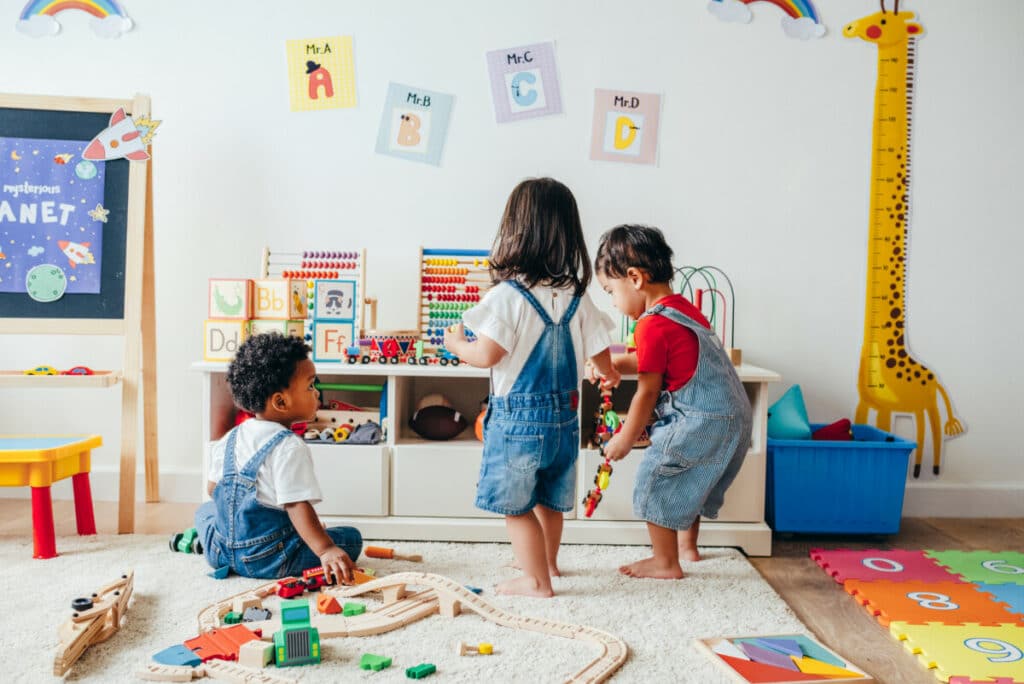Are Montessori Schools Public, Private, or Charter?
Montessori education has been gaining more traction recently, but not everyone knows very much about it. What type of schools are Montessori schools: public, private, or charter?
Montessori schools are most often private schools, but they can be public or charter as well. Montessori is a teaching method in which the children make choices in their learning which the teacher guides using activities. This teaching method can be used in public, private, or charter schools.
There is a lot to be learned about Montessori schools and how the public, private, and charter schools can differ from one another.
Types of Montessori Schools
Montessori schools can be public, private, or charter schools. If a school uses the Montessori teaching method, then it is considered a Montessori school; any type of school can use the Montessori teaching method. The Montessori teaching method is the same no matter what type of school it is. The main difference between the Montessori public, private, and charter schools is funding.
Private schools do not receive government funding but are instead funded by student tuition. Public schools and charter schools get government funding and charter schools get more flexibility in choosing their curriculum than public schools do.
Montessori schools are typically private schools. This is because most public schools have a set curriculum that doesn’t adapt very much. Private schools have as much freedom as they want because the state government is not dictating their curriculum, so more private schools are able to choose to utilize the Montessori method.
Montessori private schools accept a limited number of students and have a tuition price that is often steep. Montessori public schools are open to any student who live within the district boundaries. Some public schools use the Montessori method across the whole school, but others have the normal public school with the Montessori school sharing a building and school management.
Montessori charter schools are fairly common because charter schools have more flexibility in choosing a curriculum than typical public schools, but they are still open to any student without them having to pay tuition. In fact, charter schools don’t have to adhere to school district boundaries like normal public schools do.
All of the different types of Montessori schools are centered on the values of the Montessori method and use the approved techniques.
How do Montessori Schools Work?

Though the funding of different types of Montessori schools is different, the curriculum and teaching method is the same. It was created in Italy in 1906 by Dr. Maria Montessori. It has been in the United States since the 1950s. With recent educational progress, the number of Montessori schools has surged.
The Montessori method emphasizes learning that is led and paced by individual students rather than learning as a class through lectures by the teacher. Teachers are there to guide the students and keep them on track. Montessori learning typically happens in groups or individually, with few lectures or whole class lessons. Students learn at their own pace.
Montessori is said to improve confidence, enthusiasm, and accountability in students because of the freedom that they are afforded. Montessori students are also said to be able to learn social-emotional skills better than ordinary students.
Montessori schools are different from other schools in a few key ways. The students are not separated by the traditional grade structure, but in classrooms that span about 3 years. This structure is supposed to emulate a family structure, with older students as role models for younger students.
Montessori teachers have to go through extra instruction to be certified in the Montessori method of teaching. This involves teachers going to workshops and learning the specific ways the Montessori teachers are supposed to interact with the students.
Montessori schools also have Montessori age-approved learning materials and instruction, which is different from the typical classroom. The students work in groups or alone on activities and projects that are specifically designed for their age group.
The Montessori method has four age ranges from infant to teenager. The Montessori teaching method can start pretty much at birth, though infants are in school far less than older kids. Infants and toddlers learn about self-care, motor skills, language, social skills, and environmental care. The emphasis at this age is on independence and confidence.
In early childhood, which accounts for children of 2.5 to 6 years old, the students are split into classes spanning three years to learn. The curriculum for early childhood emphasizes practical life, sensorial, math, language, and cultural studies. They learn independence, coordination, numbers, vocabulary, and different communities.
Elementary-aged students, which are 6 to 12 years old, are also split into classrooms that span three years of age. The curriculum involves practical life, math, language, cultural studies, and science/social studies. They learn about meeting deadlines, mathematical equations, reading and writing, different cultures, and physical and life sciences.
Students from ages 13 to 18 are grouped together, though they are also split into the three-year age groups. The curriculum for these students involves leadership experiences, outdoor activities, economic experiences, and technological practice. There is a particular focus on school and life balance: making sure that they get adequate sleep and maintaining a love of learning.
Montessori schools are a lot more hands-on and individual than public schools are. which means that students who have a harder time learning won’t need to worry about falling behind.
How Common are Montessori Schools?
Montessori has become more and more common in recent years. There are over 5,000 Montessori schools in the United States. Montessori schools are present in 110 countries. In total, there are about 20,000 Montessori schools worldwide.
Of the Montessori schools in the United States, only about 500 are public or charter schools. The rest are private schools. There are 10 times more private Montessori schools than public Montessori schools.
There are about 35,000 private schools in the United States with 5.7 million students. Private schools make up 25% of the existing schools in the country. 10% of all students are enrolled in private schools. About 12% of these private schools are Montessori schools.

